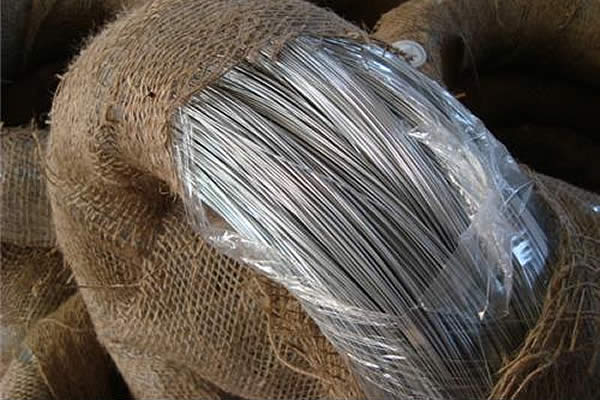 TEL:
+86-13102802206
TEL:
+86-13102802206
 Email:
fencenetting@china.com
Email:
fencenetting@china.com
 Language
Language
 TEL:
+86-13102802206
TEL:
+86-13102802206
 Email:
fencenetting@china.com
Email:
fencenetting@china.com
 Language
Language


Straining Barbed Wire Fence A Guide to Installation and Maintenance
Barbed wire fences have long been a popular choice for property owners seeking to secure their land. Whether you are looking to keep livestock in or unwanted visitors out, a straining barbed wire fence can be an effective solution. In this article, we will explore the importance of straining in barbed wire installation, the materials needed, and tips for maintenance to ensure your fence remains effective for years to come.
Understanding Barbed Wire Fencing
Barbed wire consists of steel wire with sharp barbs spaced at regular intervals, designed to deter animals and intruders. While barbed wire fencing provides a robust barrier, it requires proper installation techniques to maintain its effectiveness. One of the most critical aspects of installation is “straining” the barbed wire to ensure it is taut and resilient.
Why is Straining Important?
Straining barbed wire is essential for several reasons. First, it prevents sagging over time, which can compromise the fence’s effectiveness. A sagging fence not only looks unkempt but can also lead to gaps that animals might exploit to escape or intruders may use to gain access. Properly strained wire ensures that it remains at the correct height and tension, providing a secure and effective barrier.
Materials Required
To install a straining barbed wire fence, you will need several materials
1. Barbed Wire Choose high-quality, galvanized barbed wire to resist rust and corrosion. Typically, barbed wire comes in rolls of varying lengths. 2. Fence Posts Durable posts are essential for supporting the wire. Wood, metal, or composite materials can be used, depending on your preferences and budget.
4. Tensioning Devices If available, tensioning devices or strainers can help maintain the wire's tautness and are especially helpful for long stretches of fencing.

5. Safety Equipment Gloves and goggles are recommended to protect yourself during installation.
Installation Steps
1. Plan and Prepare Before installing your fence, outline the area you wish to enclose. Remove any obstacles such as rocks or weeds, and mark the position of your fence posts.
2. Install Fence Posts Space your posts approximately 10 to 15 feet apart, depending on the terrain. Dig holes for the posts and ensure they are firmly anchored and level.
3. Attach Barbed Wire Begin attaching the barbed wire at one end of your fence line. Use a wire stretcher to pull the wire tight. Ensure that the wire is at the desired height and straight.
4. Strain the Wire Utilize tensioning devices to pull the wire tight while keeping it straight. It’s essential to strain the wire evenly across the length of the fence to prevent sagging.
5. Secure the Ends Once the wire is sufficiently strained, secure it to the end posts using fencing staples or wire clips. Repeat this process for additional strands of barbed wire, maintaining an even distance between each layer.
Maintenance Tips
Regular maintenance is crucial to the longevity of your barbed wire fence. Periodically check for loose wires, rust, or broken barbs. Regularly tighten any slack and replace damaged sections promptly. Additionally, keep the area around the fence free of vegetation that can apply pressure against the wire or hinder visibility.
Conclusion
Straining your barbed wire fence during installation and regular maintenance are key to ensuring its effectiveness as a barrier. With the right materials and techniques, your barbed wire fence can provide long-lasting security for your property. By taking the time to properly strain and care for your fence, you will enjoy peace of mind knowing that your land is protected.